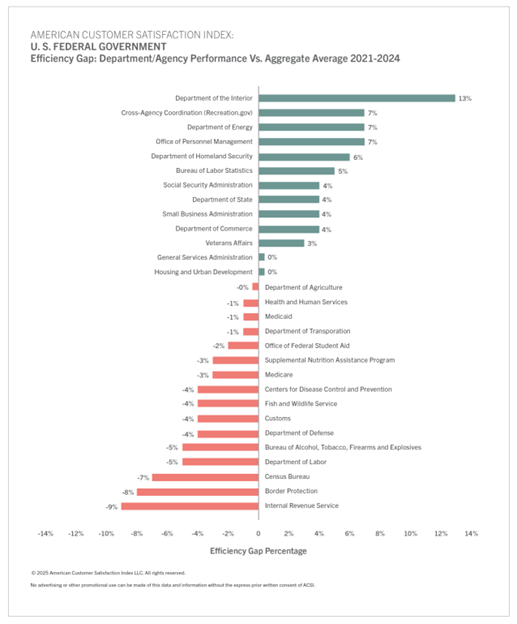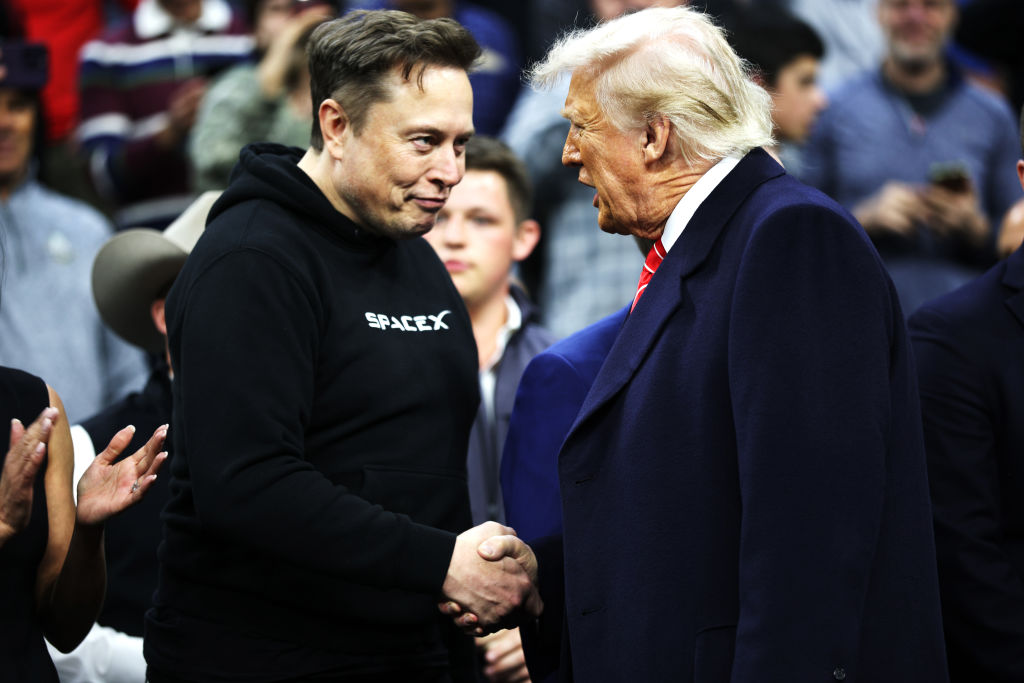As Donald Trump begins his second presidential term, his transition team and circle of advisers have moved swiftly to enact sweeping changes. At the top of the list are efforts to improve the efficiency of the federal government. Like many prior incoming presidential administrations, the Trump team wants to “remake the federal government” into a leaner, more effective and more efficient institution.
The new Department of Government Efficiency (DOGE), headed by billionaire entrepreneur Elon Musk, announced in November that it is looking for “super high-IQ small-government revolutionaries willing to work 80+ hours per week on unglamorous cost-cutting.” Most of these “super high-IQ” individuals will be volunteers, unpaid true believers dedicated to the task of finding costs to cut and programs to slash.
Musk’s DOGE, it would seem, intends to focus on a definition of government efficiency as low-cost, low-waste government. They will seek to identify and eliminate this generation’s “bridge to nowhere” and thus save the American taxpayer from purposeless budgetary pork.
But most of what the federal government does, and the primary ways it tangibly touches the lives of citizens, is through the delivery of legally mandated benefits, the provision of specialized services (many, like the national parks, that are very popular with citizens), and the administration and oversight of regulatory processes. To the average citizen, government efficiency is experienced through the effectiveness of these visible, high-impact functions. And to know how citizens perceive the effectiveness and efficiency of these benefits, services and regulations, DOGE and the Trump administration will need to listen to citizens.
]]>
Recently, the Biden White House touted its success over the last four years in improving citizen satisfaction with the federal government, citing research by the American Customer Satisfaction Index (ACSI). Since the late 1990s, we at the ACSI have annually measured how pleased citizens are with a wide array of federal government programs, agencies and departments. And while Biden and his team were correct in highlighting the impressive improvements made since 2020, much work remains. In the aggregate, federal government services are less satisfying than virtually any private sector industry.
To aid in this effort, the ACSI has released a new “efficiency gap” metric based on four core drivers of citizen satisfaction: process efficiency, information clarity and accessibility, customer service, and website functionality.
Departments, agencies and programs with a positive efficiency gap percentage are perceived by citizens to be offering better than average, more effective and efficient performance. Negative percentages suggest below-average efficiency and the greatest opportunity for improvement.
What did our analysis uncover? The Department of the Interior, which includes our national parks, leads all federal entities with performance 13% above the aggregate federal average. Other leading, high-efficiency, high-profile programs include the Department of Energy and the Office of Personnel Management, each 7% above the average.

Perhaps not surprisingly, the Internal Revenue Service falls at the opposite end of the scale at -9% efficiency relative to the average. Border Protection (-8%) and the Census Bureau (-7%) also provide below-average efficiency in the eyes of citizens.
Improving government efficiency will require close attention to how taxpayer dollars are being spent and identifying candidates for cost-cutting. As DOGE begins its initiative, this efficiency gap data provides valuable insight into the agencies that are and are not meeting citizens’ needs and expectations. Lower-scoring departments and agencies represent an opportunity for operational and efficiency improvements that citizens would perceive positively or even embrace. On the other hand, it indicates where caution may be warranted: Cuts in high-performing areas — for example to the Department of the Interior, which would impact Americans’ national parks experience — to fund improvements in lower-performing areas could reflect negatively on DOGE and the administration in general.
]]>
DOGE would be well served to follow the lead of the private sector and its increased focus on data-driven “customer experience management” and “customer centricity.” Should the committee instead focus exclusively on cost-cutting and the bottom line, it may make the same mistake committed by many private sector firms in the past: prioritizing “profitability” but losing the loyalty of “customers” in the process.
Forrest V. Morgeson III is an associate professor of marketing at Michigan State University and director of research emeritus at the American Customer Satisfaction Index.
Sheri Petras is the chief partnership officer at CFI Group.
Copyright
© 2025 Federal News Network. All rights reserved. This website is not intended for users located within the European Economic Area.
